Category: Endangered Plants
-
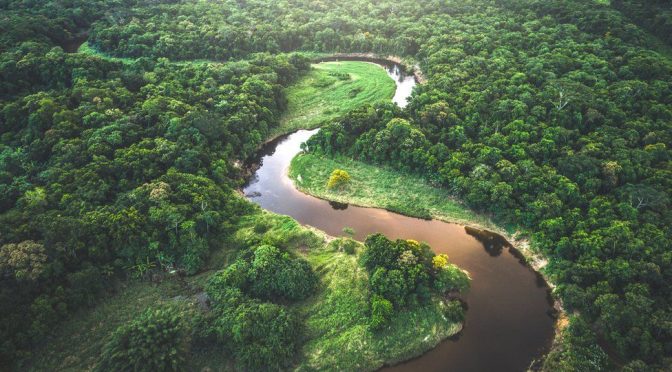
Over 9,000 Tree Species Are Yet To Be Discovered. Will They Be Found Before They Are Gone?
The study is based on a database of tens of millions of trees in more than 100,000 forest plots around the world. (Click on title for full story.)
-
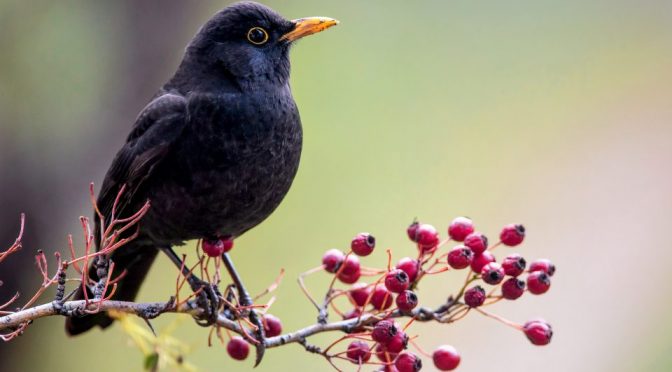
We Cannot Count On Birds To Distribute Seeds Ahead Of Climate Change (study)
“As plants cannot move themselves, they require species like birds to disperse their seeds to new areas. We wanted to know how well migratory birds might be able to do this. We found that northward dispersal to cooler areas is done by only a small number of migratory bird species, some of which are under…
-

Finding Rare Orchids In The Most Unexpected Place: On A Roof
A colony of rare orchids has been discovered growing on the rooftop of an office building in the City of London. It is the first time the small-flowered tongue-orchid has been seen in the UK since arriving in Cornwall in 1989. (Click on title for full story.)
-
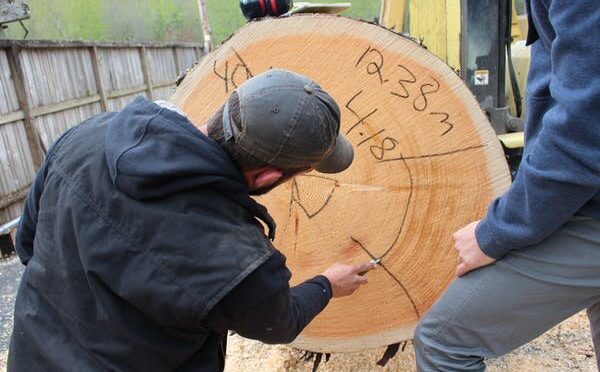
My Guitar Gently Weeps For The Tree Species Its Construction Drives To Extinction
Musicians are often concerned about environmental problems, but entangled in them through the materials used in their instruments. The guitar industry, which uses rare woods from old-growth trees, has been a canary in the coal mine—struggling with scandals over illegal logging, resource scarcity and new environmental regulations related to trade in endangered species of trees.…
-

Is Our Hunger For Houseplants Wiping Out Wild Species Worldwide?
Plant poaching is not new, nor is it unique to the area; but, pandemic-inspired houseplant purchases have exacerbated the issue worldwide. (Click on title for full story)
-
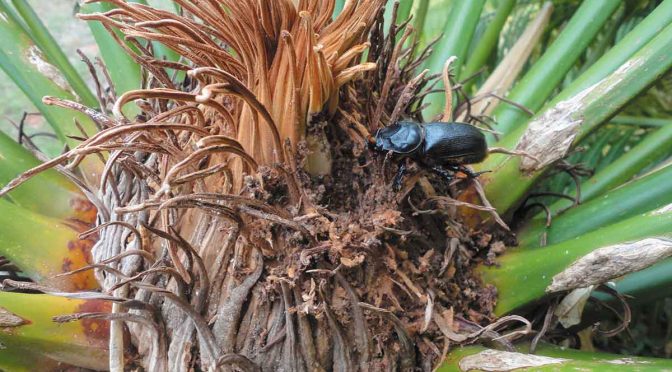
New Threat: Invasive Coconut Beetle Attacks Guam’s Endangered Cycads
The unexpected addition of the coconut rhinoceros beetle to the list of cycad herbivores reveals the need for continued observation of the cycad population by species experts so conservationists can best understand which of the threats are most in need of mitigation. (Click on title for full story.)
-
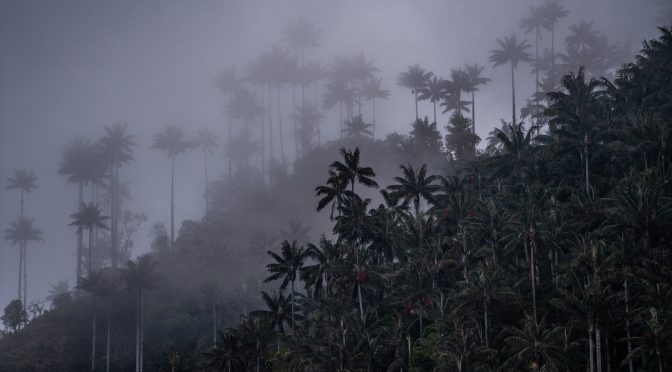
How The Tallest Palms On Earth Were Unintentionally Saved By Colombia’s Guerillas
In Colombia’s largest known stand of the palms, only a couple thousand remained. But the scientists had heard that there were hundreds of thousands tucked away in the Tochecito River Basin — making it the world’s biggest wax palm forest, if the rumor proved true. The trouble was that no one could reach the place…
-

The Iconic Joshua Trees May Not Survive This Century
Joshua trees as a species have existed since the Pleistocene era, about 2.5 million years ago, and individual trees can live up to 300 years. One of the ways adult trees survive so long is by storing large reserves of water to weather droughts. Younger trees and seedlings aren’t capable of holding reserves in this…
-
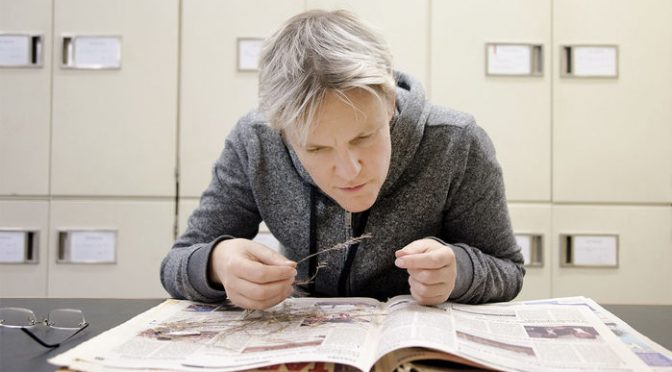
The Extinction Crisis Is Hitting Plant Species The Hardest
he total of 571 extinct plant species is four times higher than the official listing kept by the International Union for the Conservation of Nature in Gland, Switzerland, the team reports today in Nature Ecology & Evolution. Even so, it is probably still an underestimate, as less is known about the status of plants in…
-
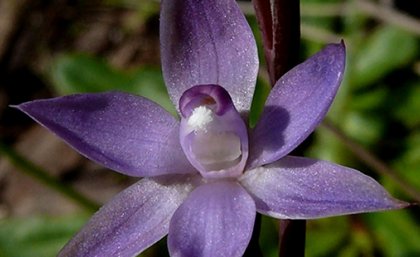
Will Australian Plants At Risk Of Extinction Be Saved?
“The good news is that all of the species on the list can be saved – we have the techniques required, we just need the commitment,” (Click on title for full story.)
